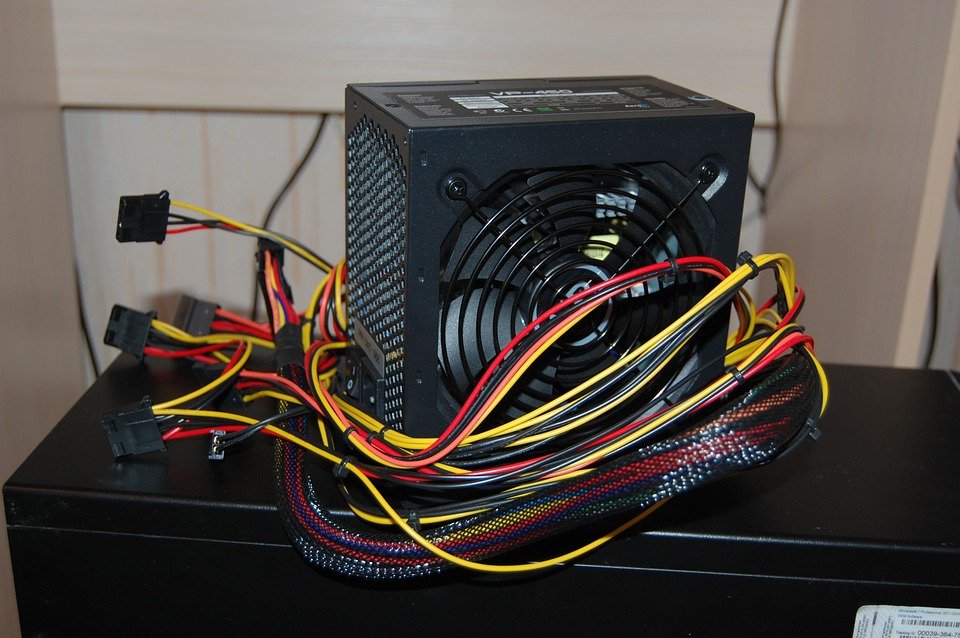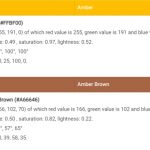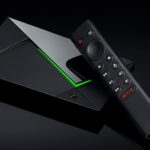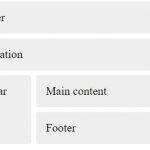One of the most important and often overlooked components in a computer is the power supply unit. It’s the component that converts the AC electricity coming from the wall into the DC current that powers everything else in your PC. The power supply unit has a variety of connectors that allow it to connect to other internal components such as the motherboard, hard drive, and graphics card. However, if you’re building your own PC, be sure to buy a power supply with enough wattage for all these things!

Table of Contents
What does a power supply do?
When you turn on your computer, the power supply unit receives alternating current (AC) from an electrical socket in the wall. The power supply converts it into direct current (DC). The DC is what powers everything inside the PC. This includes hard drives and optical drives, as well as more advanced components such as graphics cards and sound cards.
The most frequent type of power supply unit is designed for use with the extended (ATX) form factor of advanced technology. Instead of standardising on one shape, one size, or one form factor with the previous advanced technology (AT) units, manufacturers are employing modular power supplies with different connectors. The way they connect to motherboards and power switches is identical to the earlier advanced technology (AT) units.
A power supply unit (PSU) is a self-contained box that connects to the inside of a computer case and transforms alternating current (AC) line voltage to direct current (DC). Due to the frequent requirements of computer hardware, a range of DC voltages is usually supplied. It’s also feasible for a power supply unit to regulate the voltage in order to prevent surges or spikes from damaging the internal components.
How much wattage do I need?
If you’re building your own computer, the first thing to consider is how many watts your power supply needs to be. Digital electronics such as motherboards, hard drives, and optical drives require a specific amount of watts in order to function properly.
The motherboard usually requires around 400 watts by itself for proper operation – you’ll want to make sure that your power supply gives it at least this much wattage! If you have more advanced components like high-end graphics or sound cards, they also require their own dedicated amount of wattage.
For instance, if you plan on buying an NVIDIA GeForce GTX 580 graphics card (a very powerful card), it will require its own 500 watts. So you’ll need to buy a power supply that offers 500 watts of dedicated power for this card, in addition to having enough wattage leftover for all your other components!
I recommend buying at least 600 watts, but the more you can afford the better. This allows you to use multiple graphics cards or high-powered components without worrying about insufficient wattage.
If you have very low wattage coming from your PSU then it will not be capable of powering high-end graphics cards. If it has less than 400Watts then forget about even considering a GTX 580/570/480/470 because they will never work with that PSU. An HD6950 requires around 450Watts so if PSU is lower than that do not even bother with it.





